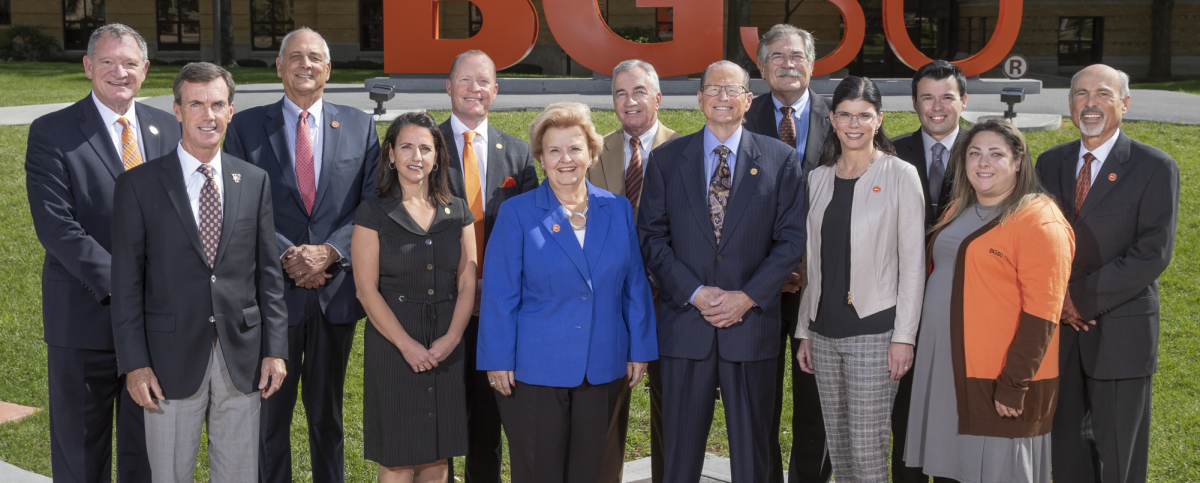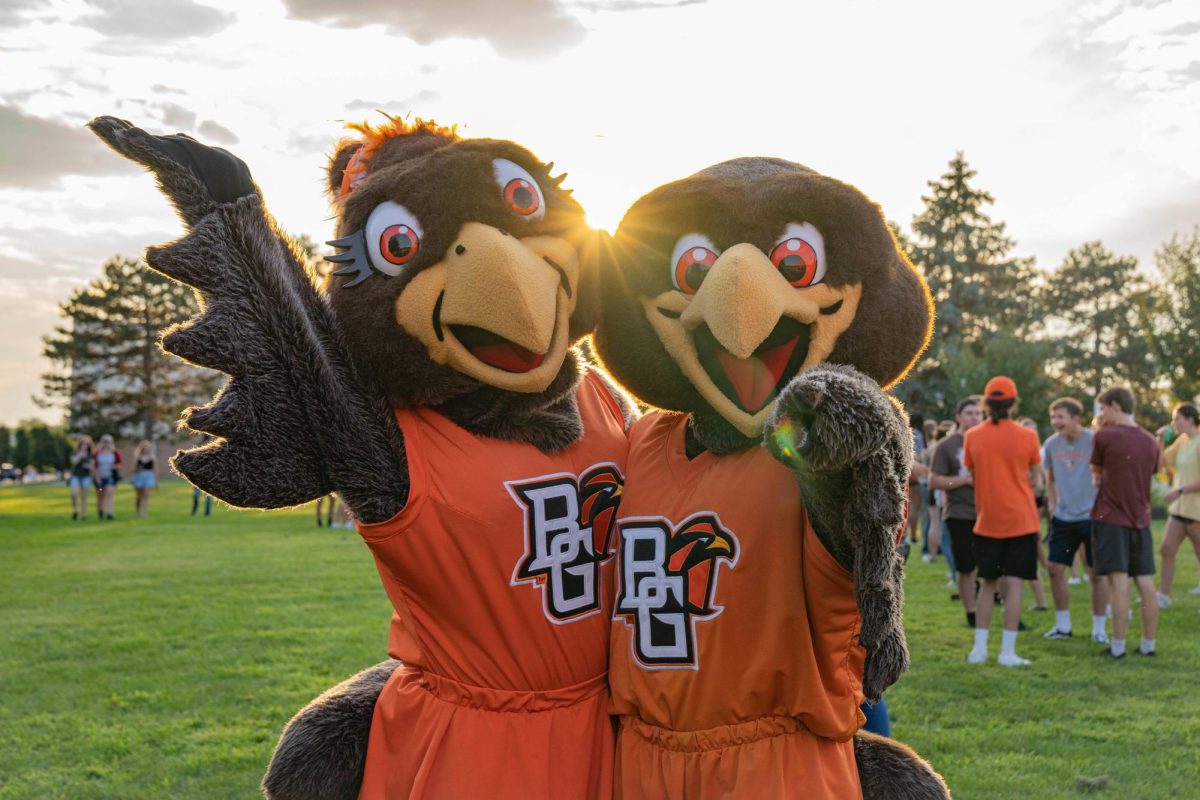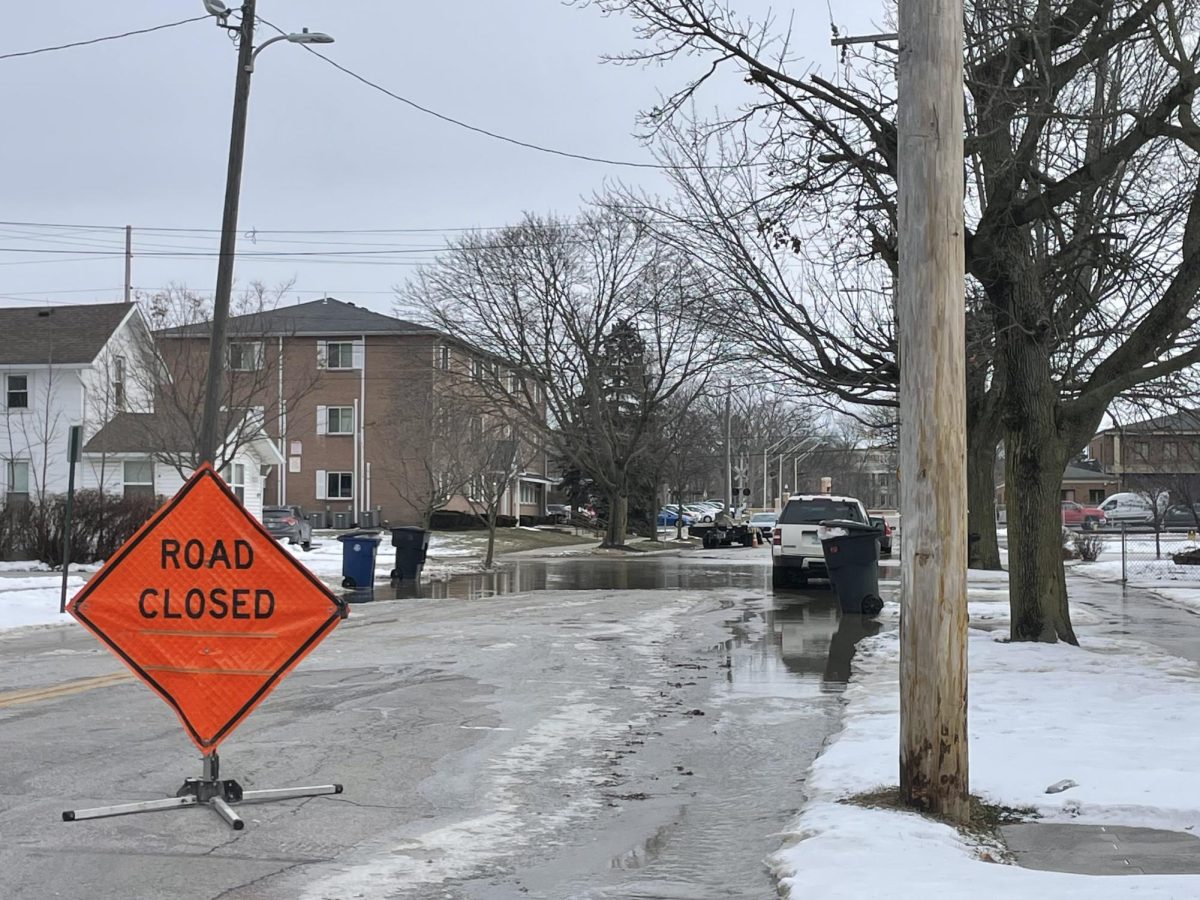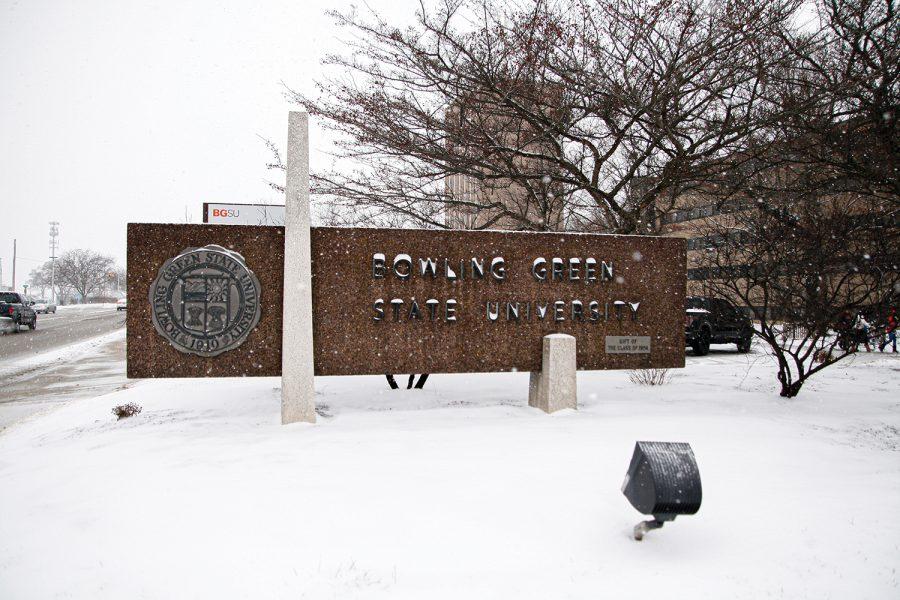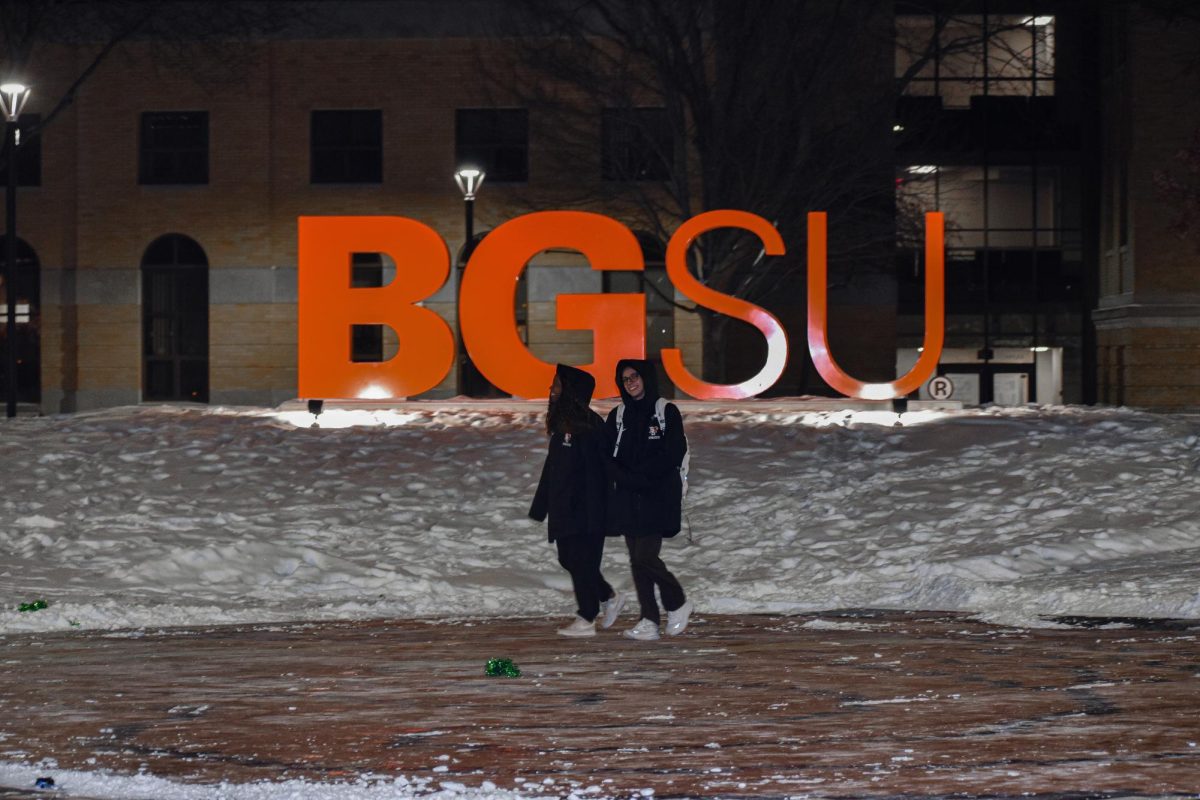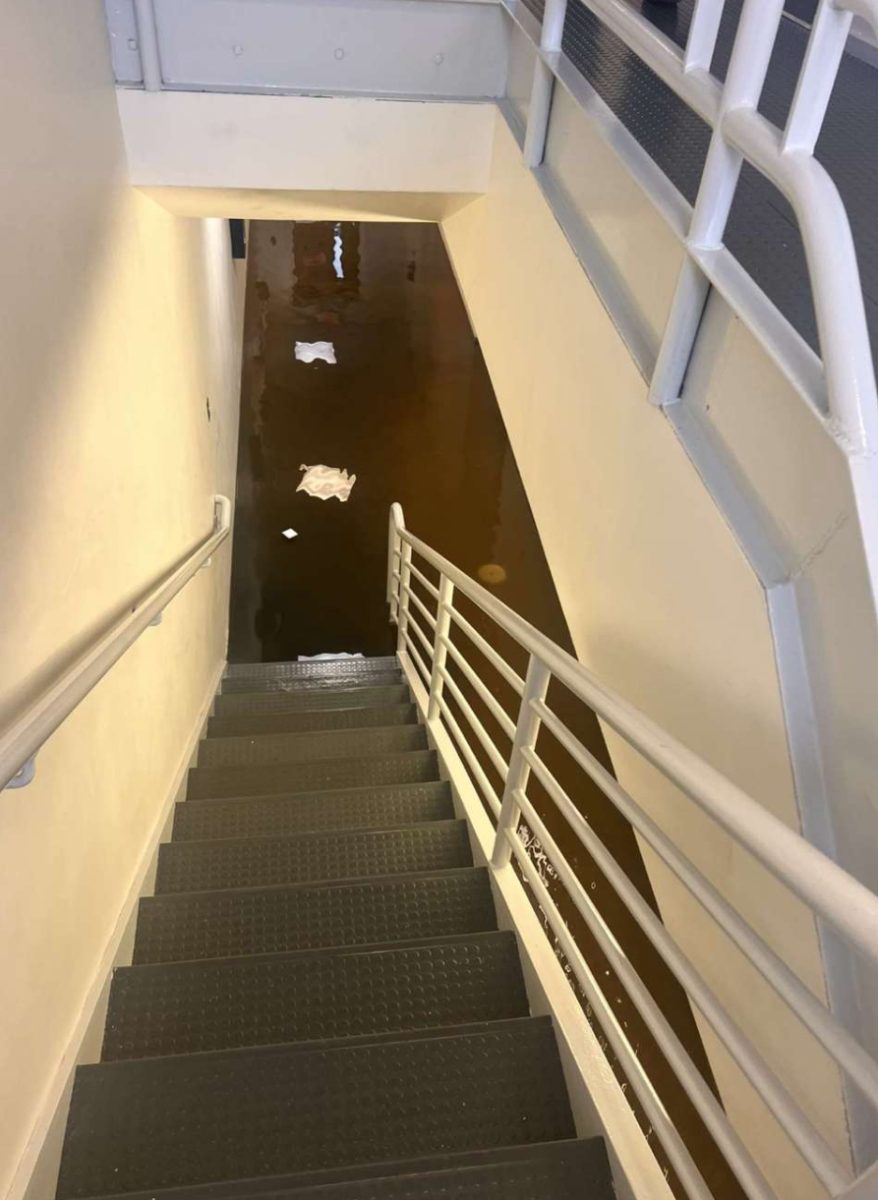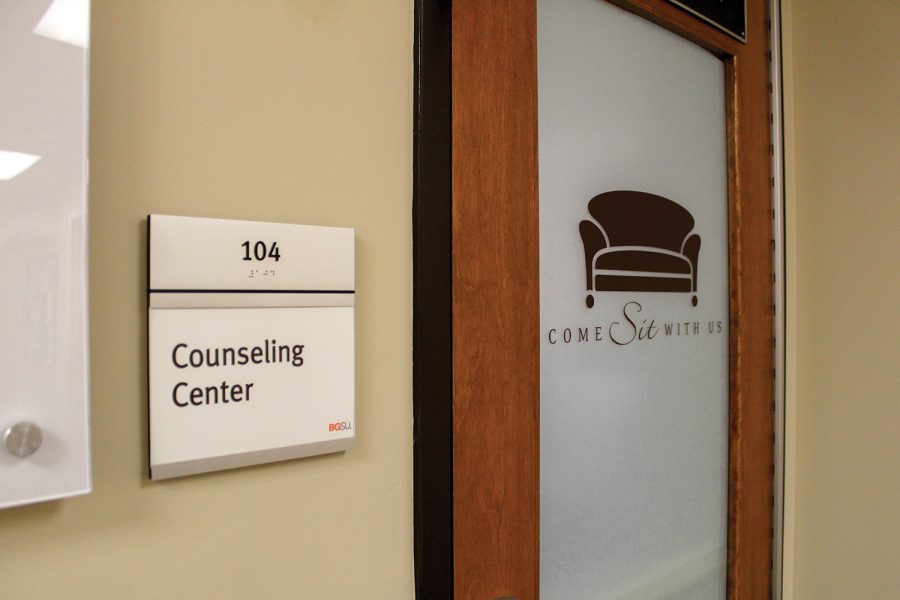Of the 3,300 freshmen enrolled last fall, 2,500 were part of a linked course.
Linked courses are a type of learning community wherein first-year students are enrolled in two classes that are “linked,” allowing professors and students to collaborate.
“Our definition of being in a link is if [enrolled freshmen] are in more than two of the same classes,” Vice Provost for Undergraduate Programs Rich Rowlands said.
The idea of “linking” courses came about last fall and its original goal was to connect students academically.
“When you see people you know, you can imagine what possibilities there are,” Susan Kleine, associate vice provost for undergraduate education said. “We’ve heard nothing negative from students and faculty. Why would anyone complain?”
Linking students in a few of the same courses allows them to recognize their classmates and plan study groups.
“Sometimes faculty can coordinate together and embrace their ideas,” Kleine said. “A lot of professors [last year] made their students look around the room and see if they recognized people.”
Rowlands says professors were “pleasantly surprised” when their students already knew one another, when they are typically silent the first week of classes.
While there were no complaints, the success of the linked courses did not go quite as planned.
“This year the [faculty] said, ‘maybe that wasn’t a great idea,’” Kleine said.
She said by linking students in three or four of the same classes in the past it “split them up too much.”
“It was easier this year to keep [students] in a link with common experiences,” Kleine said. “[Since then] the program really learned how to do things. I think it’s going to be even better this year.”
Now, two classes link students, and the program hopes this will improve linked courses for the future.
“The idea is to have first year students in two classes with the same group of students,” Kleine said. “They’ll recognize each other.”
Since last fall they have already seen improvements in students’ performances.
“From [last] fall to spring, the retention rate was higher with students who were in links,” Rowlands said. “[The students] also tended to perform better and have a better GPA.”
Kleine credits Rowlands for his participation with creating successful links.
“Rich Rowlands—I call him ‘the man behind the curtain.’ He’s the one who figures out how things work,” Kleine said.
Exchange student Isabel Souza wishes she experienced linked courses when she was a freshman.
“When I arrived here and met people I said, ‘oh my God, these people are so cool and friendly,’” Souza said. “[Linked courses] are good because you can have experiences and learn new things with other [students] outside of the classroom.”
Although she has only been here for five months she thinks the linked courses program will positively impact other students.
“[It] supported students, challenged them to build a community and the linked courses help do that,” Kleine said. “It’s a very positive thing.”



